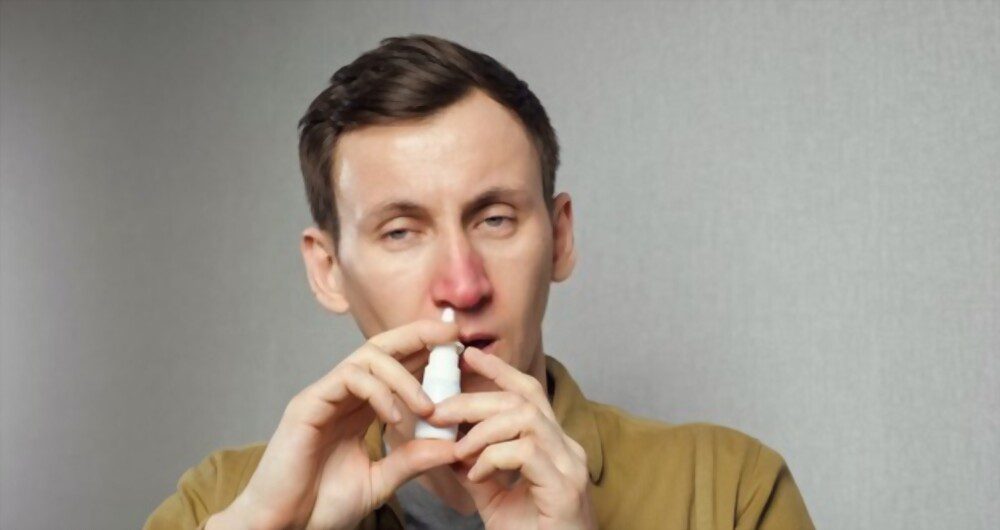Respiratory Allergies
In our article, we will discuss respiratory allergies, their causes, and their symptoms. We will also discuss respiratory allergy treatment methods.
Allergy is a common problem today and has become more complicated due to its development. Substances to which the immune system reacts become a provocateur to its occurrence. These substances, called allergens, can be ingested through food or medications. In addition, they can provoke a reaction in the body through direct contact with the skin.
Causes of Respiratory Allergies
Allergic diseases in the upper respiratory tract are known as respiratory allergies. The problem can occur against the background of various infections entering the body. It also occurs due to contact with noninfectious agent substances. Latter you can divide into the following varieties:
1- Household
It is most directly related to the occurrence of respiratory allergies. Dust in domestic premises consists of animal dander, dust mites, and mold to which a person may be allergic. Aggressive agents can also be found in toys, carpets, pillows, etc.
2- Pollen
Pollen from various plants and trees is very often the cause of allergic symptoms in humans. This type of allergy can be divided seasonally and occur during periods of flowering.
3- Food
This should include the use of all high allergenic products. Some of them are honey, chocolate, and citrus fruits. It can affect the state of health, causing allergic rhinitis.
Even complex results in the form of bronchial asthma.
4- Medical
Some drugs, among which antibiotics and antiseptics can be distinguished. They can cause the development of respiratory allergies. Most often this is due to their incorrect use, which occurs during self-treatments.
5- Chemical
Household chemicals, cigarette smoke, fragments of paint and varnish products, and some cosmetic products. Contact with them and even getting their elements into the respiratory tract can lead to an allergic reaction.


Symptoms of Respiratory Allergies
Among the symptoms that go with respiratory allergies. Some common respiratory allergy symptoms include the following:
- The appearance of a runny nose
- Discomfort, itching, and burning in the nose
- Itchy mouth, throat, and eyes
- Watery eyes
- Congestion
- Headache
- Coughing and Chest Tightness
- Decrease in working capacity
- Hay Fever
- Shortness of breath or asthma attack
You can also observe an increase in your body temperature. The result of such conditions is constant irritability, lack of proper sleep, etc.
Respiratory Allergy in children
It is very likely that if one of the parents is allergic. This tendency will be passed on to their child, and express itself in the form of a respiratory allergy. The most vulnerable age group is children age two to four. During this time, the child expands the diet, and the body may react to new foods in a negative way.
Among the common forms in which respiratory allergies can express themselves in children. The following include:
1- Allergic Tracheitis
There is a paroxysmal cough, redness of the skin of the face, and vomiting may occur.
2- Allergic laryngitis
Swelling occurred in the larynx. The voice sits down and a characteristic “barking” cough appears.
3- Allergic pneumonia
Pathological changes are manifested in the form of edema of the lung tissues.
4- Allergic bronchitis
It manifests itself in the form of frequent and severe attacks of coughing.
5- Allergic Rhinitis
It occurs due to swelling of the nasal mucosa. Corresponding symptoms appear in the form of nasal congestion. Itching, conjunctivitis, sneezing, headaches, and a decrease in an overall working capacity.
The course of such a disease can be closely related to the season. But it can also occur throughout the year.
Speaking of seasonal rhinitis. It should be said that pollen most often becomes a causing factor. Respiratory allergy corresponds to the ICD 10 code. Which once again indicates its wide distribution.
It is impossible to ignore the emerging symptoms of the disease. Especially when it comes to children. So it is necessary to resort to appropriate treatment measures.
Treatment
Before treatment, your healthcare professional will diagnose your allergy. He will perform a physical exam and he may take your medical and family history. Moreover, he will perform a blood test or skin prick test to determine what you are allergic to. A blood test or skin prick test is an allergy test that an allergist performs to diagnose your allergy symptoms.
The primary task in the treatment of any allergic disease is the exclusion of an allergen. To identify it, the necessary tests are given.
Then, based on the symptomatic picture, the specialist prescribes medication. Must note that self-treatment tries can lead to even more unfortunate results.
An excellent solution would be to stay in a specialized sanatorium. An ecological clean environment will ensure safety for the immune system.
Respiratory allergy in children has a similar treatment method. Identification of the allergen and exclusion of the child’s contact with it. This will immediately affect the patient’s condition in a positive way. But it is still unlikely to avoid the need for drug treatment.
Various antihistamines, such as:
- Suprastin
- Edem
- Claritin
- Diazolin and others
They will negate unpleasant and painful symptoms. In case of nasal congestion, it is recommended to inject vasoconstrictor drugs. These are available in abundance in modern pharmacies.
Along with the above measures also remember to strengthen the immune system. The special gymnastics will also help with this. The course of treatment can last quite a long time, and you should follow certain safety rules. This will make it possible to cope with the disease and prevent its expression later.








Leave a Comment